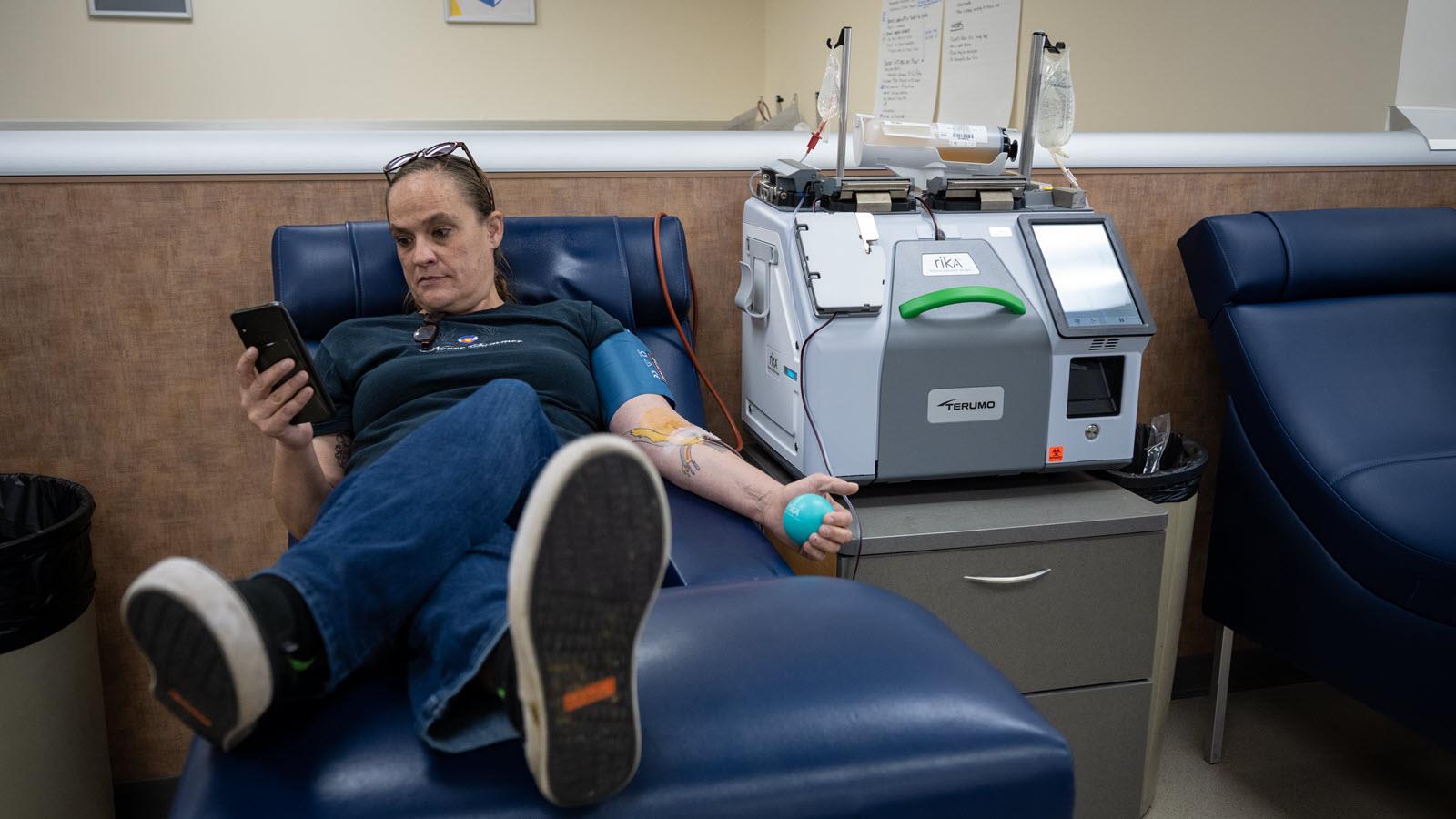At a time when demand for plasma-based medicines is increasing, CSL Plasma centers are upgrading their plasma collection equipment with new, innovative technology.
The goal: more plasma for patients who need therapies and an improved experience for donors and employees who work in 300+ CSL Plasma centers in the United States. The rollout of new technology began this month in Aurora, Colorado.
“We look forward to the positive impact this new technology brings and are thankful for plasma donors who continue to do the amazing every day when they donate at CSL Plasma,” said CSL Chief Operating Officer Paul McKenzie.
The switchover to the new system will continue to all CSL Plasma centers in the United States.
Plasma is the straw-colored component of blood that contains important proteins used to make medicines for people who have rare and serious diseases. Donating plasma involves a process called plasmapheresis, when plasma is collected and the donor’s other blood components are returned. Using the new collection technology, plasmapheresis takes, on average, 35 minutes. The new devices also reduce the amount of blood that is outside of the donor’s body at any one time to a maximum of 200 milliliters or less than seven ounces.
Denver area resident Kelly Geiser was one of the first plasma donors to experience the new system. She said she appreciated how quickly she was able to complete the donation procedure – under 35 minutes, though every donor’s experience will vary.
Donating plasma is also personal for Geiser, who said that therapies made from plasma have helped her and her family, including a parent who recently underwent emergency surgery.
“It feels good knowing I’m helping people and, who knows? I might’ve helped somebody I know,” said Geiser, a Platinum level donor with CSL Plasma’s iGive Rewards® loyalty program.
CSL Plasma, one of the world’s leading collectors of human plasma, collects the blood component for CSL Behring, which uses it solely to manufacture plasma-based medicines for people who have immunodeficiencies, hemophilia and other conditions. Plasma continues to be in high demand because doctors are increasingly diagnosing patients with conditions that can be treated with plasma-based medicines. Patients and patient advocacy groups regularly participate in campaigns to encourage plasma donation and express gratitude to donors.
“Plasma donation is an amazing act of love and kindness,” patient Logan R. said on CSLPlasma.com.



